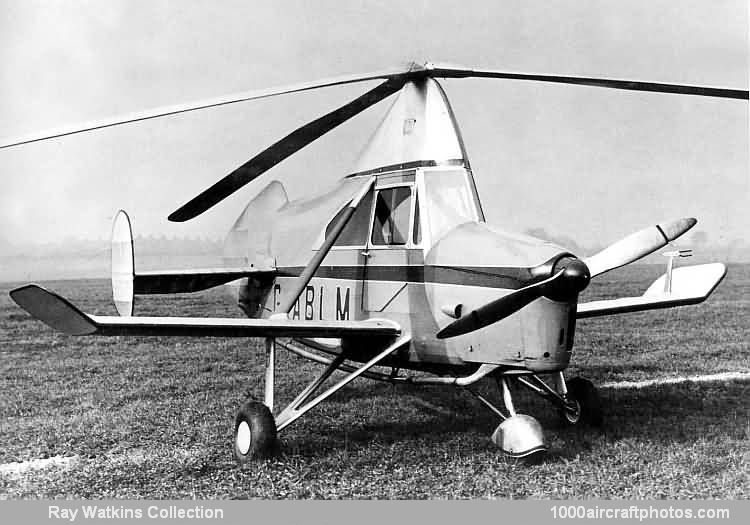10/31/2008. Remarks by Ray Watkins: "Juan de la Cierva began his experiments with gyroplanes in 1920 and the first really successful model was the C.6A which first flew in 1924. The C.6A used the fuselage of an Avro 504K with the wings removed and a four-blade rotor mounted on a pylon of steel tubes. The aircraft was demonstrated to the British Air Ministry in 1925 and an order was placed with Avro for two similar machines.
The Cierva Autogiro Co. was established in the UK in March 1926 to hold patents and grant construction licenses. In the UK construction licenses were issued to Airwork, Avro, British Aircraft, Comper, de Havilland, Hamble, Parnall and Westland.
The C.24 was a de Havilland design similar to the D.H 80A Puss Moth with a two-seat cabin and tricycle landing gear. The only component from Cierva was the rotor, the same type as that on the Cierva C.19 Mk IV. Only the pictured aircraft was produced, it had its maiden flight in September 1931, with Senor Cierva at the controls.
A CofA was issued in April 1932 and during May-June 1924, the aircraft toured Europe, with Seņor Cierva as pilot. G-ABLM preserved at the de Havilland Mosquito Museum on loan from the Science Museum."
